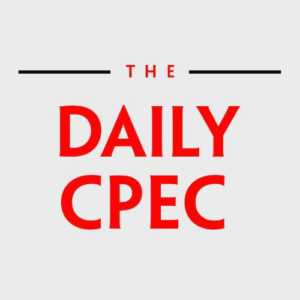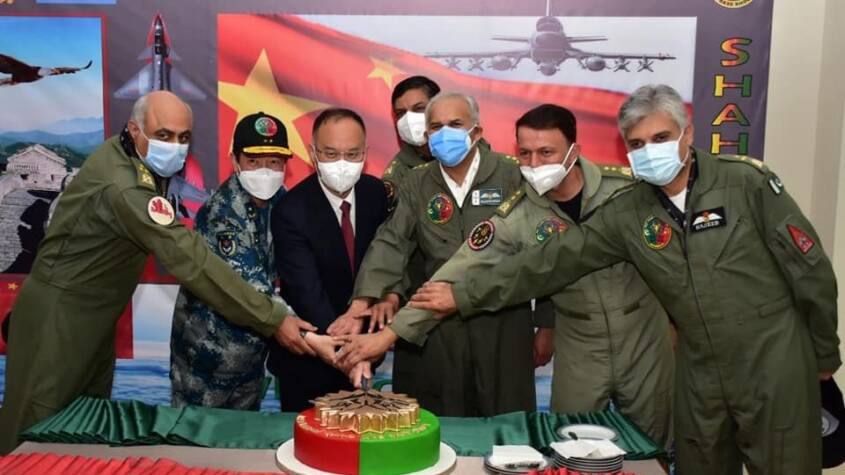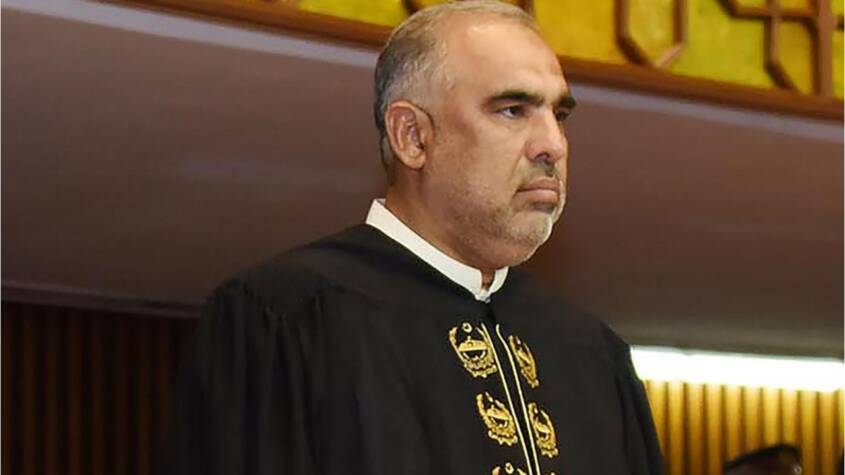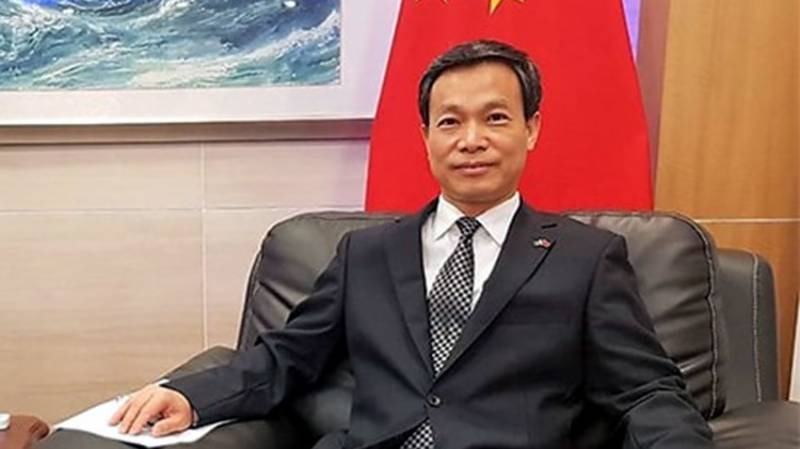Unfortunately, Western propaganda has somehow found new pseudo intellectuals, dummy economists and fake journalists in the country who are questioning about the CPEC’s development prospects and linking it with “Doomsday Argument” which must be rooted out as soon as possible enabling the policy makers, main stakeholders, businessmen, investors and especially private sectors to jointly work for the initiation of CPEC Phase-II because cosmetic arrangements and weak national narrative drives of the ministries of planning, interior, finance, economic division and media have miserably failed to protect the safety, security and systematic execution of the CPEC projects and projection of the real strategic utility, scope and importance of the same. Thus immediate revision in the national media, security, economic, politics and diplomacy is the need of hour to move forward.
The rapidly changing regional conflicting socio-economic, geopolitical and geostrategic realities have put the incumbent government in a difficult situation and resultantly general masses and salaried classes are feeling the heat of economic strains and now in the line of fire of the Budget 2024.
Rampant clandestine activities of the Indian RAW and other regional secret agencies’ sponsorship to TTP, BLA and MB in Balochistan and the KP have become a bitter reality which must be eradicated as soon as possible to attract more and more inflows of the FDIs in the country. Additionally, the security situation is getting from bad to worse in Balochistan and the KP provinces spoiling prospects of socio-economic prosperity and economic stability and sustainability signaling strange messages to the Chinese government and the private companies to invest in the country.
Moreover, most recently, the Executive Committee of the National Economic Council (ECNEC) deferred approval for the US$6.7 billion Mainline-I (ML-I) project of the CPEC, opting instead to sanction two other Chinese-funded schemes: building a new airport in Gwadar and completing a missing road link with multibillion-dollar investment. It was chaired by Deputy Prime Minister and Foreign Minister Ishaq Dar. Unfortunately, the ECNEC did not clear the re-modified PC-I for the ML-I upgrade and advised Pakistan Railways to consider preparing smaller projects and packages for financing and implementation.
The coalition government had previously cleared the unrealistic US$6.7 billion ML-I project before Prime Minister Shehbaz Sharif’s visit to China. The initial approval came despite the Ministry of Finance noting that the scheme conflicted with the goals of the next International Monetary Fund (IMF) loan program. It is indeed a great blow to CPEC Phase-II because it is the biggest project of the modernization of Pakistan Railways.
The sources indicated that the wish list of “Reverse Order” formation and construction of the ML-1 irked the Chinese side and our policy makers have failed to clear their serious concerns. Even the visit of the Prime Minister Sharif could not achieve the trust of the other side. Furthermore, sources shared that during PM Sharif’s visit, Chinese officials advised Pakistan to complete the project in phases due to the significant financing needs and Pakistan’s limited capacity for major foreign loans.
On the contrary, the government pushed forward with the ML-I project despite doubts about allocating Rs250 billion annually to complete the US$6.7 billion (Rs1.93 trillion) project over eight years. Beijing had previously asked for a one-third reduction in the project cost to US$6.7 billion, but this reduction rendered the project financially unfeasible, according to the Planning Commission which cited structural compromises on speed limits, line capacity, rolling stock, axle load, and the deletion of the fencing plan as reasons. Originally spanning 1,872 km, the Ministry of Railways now proposes to rehabilitate a 1,726 km track.
Prime Minister Shehbaz Sharif is focused on attracting new foreign direct investments and advancing projects under CPEC in Pakistan. Recently, he approved the relocation of Chinese industries to Pakistan through joint ventures, aiming to accelerate industrialization, promote AI, support green transformation, and develop human capital.
During a Board of Investment (BoI) meeting, the Prime Minister reaffirmed the government’s commitment to fostering local and foreign investment. He directed authorities to provide a comprehensive report on MoUs signed between Pakistani and Chinese companies in Shenzhen. Additionally, he instructed a review of the draft law for Special Economic Zones One Stop Shop, reflecting developments post his recent visit to China. Shehbaz emphasized Pakistan’s potential to host China’s textile, leather, footwear, and other industries, highlighting ongoing efforts to facilitate this relocation.
It was revealed in the meeting that the services of Chinese experts were being acquired to establish a Business Facilitation Centre in Islamabad. Additionally, a draft of the ‘Easy Business Act’ was being sent to the Cabinet Committee for Legislative Cases.
In summary, the battle of survival between development and doomsday is going on in the country and merchants of forces of evil are propagating a stalemate of the CPEC raising serious concerns about safety, security and systematic implementation of the CPEC Phase-II.
The deferment of ML-1 is a big blow to CPEC Phase-II therefore policy makers of the country should revisit their policy flaws and tame-down their personal taboos and political agenda to make this mega project a reality as soon as possible.
The hue and cry of the PTI, JUI-F and regional parties of Balochistan on the announcement of “Azm-e-Istehkam” is not a good omen for the sovereignty, safety, security of the Chinese nationals and systematic implementation of the CPEC projects in the country. Opposition political parties are polluting the real cause of this operation to achieve some personal gains and make their bargaining chips better which is the demise of true nationalism because it is vital for the revival of lost paradise of social cohesion, economic stability/sustainability and national prosperity. Thus political madness, philosophy of puppetry and blind submission to leaders must be remolded for the sake of state, system and greater prosperity.
Projection of the new five corridors namely Growth, Livelihood, Innovation, Green, and Open corridors should be pursued through integrated efforts by removing all irritants. These corridors are designed to enhance regional cooperation and ensure comprehensive development but changing regional scenarios should be studied to achieve this goal. Safety, security, systematic persuasion of the CPEC Phase-II, sincere leadership, activation of the SIFC and death of political cronies’ syndrome is the need of hour and way forward.
















